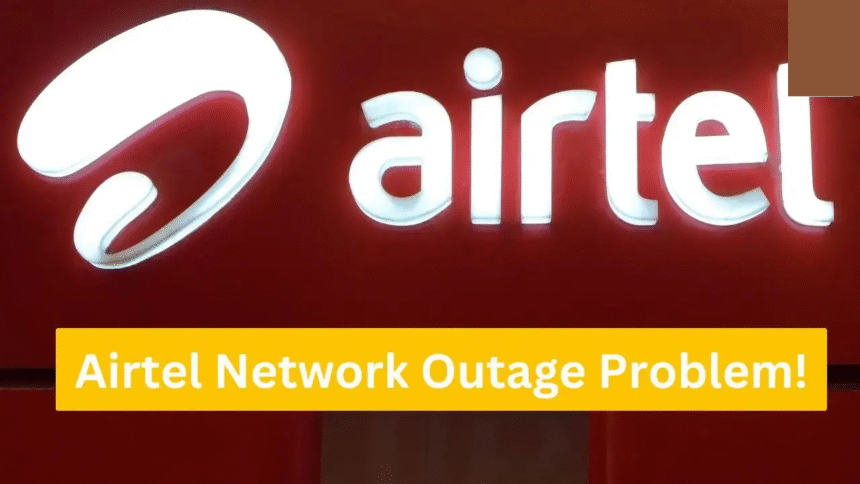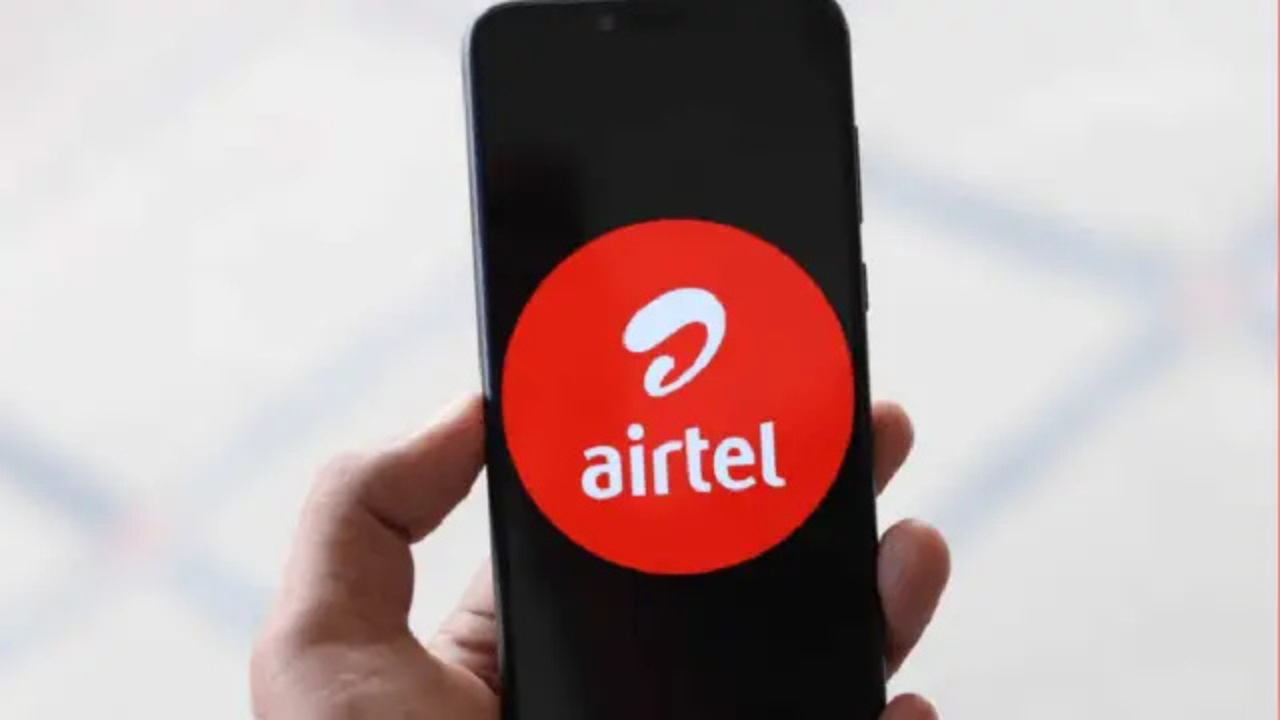If you have any problems connecting calls, looking for the Internet or even sending simple WhatsApp messages, you are not alone. Airtel Network Outage users across India recently experienced a major network failure, so millions have been separated and frustrated. For a country in which mobile data is often considered electricity as electricity, this sudden rupture of power has raised eyebrows and questions.
So what exactly happened? Why has the Airtel Network Outage dropped and what is most important when users can expect that normal services resume? Just let us break it.
What happened during Airtel’s failure?
Airtel Network Outage has encountered several regions, with reports flooded by major cities such as Delhi, Mumbai, Bengaluru and Hyderabad. Customers complained about calls for calls, no internet access and without restrictions. Social media quickly turned into a line of assistance, with hashtags like #Airteledown being fashionable. Imagine that you are in the middle of an important video call or try to make a digital payment, and suddenly, your phone shows no service. These are exactly users of Airtel chaos.
How much was the effect widespread?
Unlike smaller disorders that affect a handful of areas, this failure has had a pan-Indian effect. The reports confirmed that mobile and high speed users were affected. For many small companies and external employees, even a few hours meant that it was jammed without connectivity, lost deadlines and financial losses.
Why did the Airtel network decrease?
This is the question of one million dollars. Although Airtel Network Outage did not officially announce all the details, the first indications suggest that this was due to a technical error in the main network systems. Some experts indicated a possible server configuration problem, while others had mentioned the large -scale fiber cut or the remaining system. Telecommunications networks are like highways – if there is an unexpected blockage on the main route, all traffic is suffering. Likewise, an error in Airtel’s skeleton has disrupted millions of connections.
Official response from Airtel
Airtel immediately confirmed the problem and assured the customer that their engineers worked 24 hours a day to resolve it. In their explanation, they admitted a temporary disorder in language and data services in certain regions, but promised that the restoration was underway.
This rapid recognition was important. In such moments, silence can worsen customer frustration. By taking users, Airtel managed to facilitate at least part of the panic.
How long did it take to restore services?
The restoration did not appear immediately – it was gradually and gradually. Some users said an improvement in a few hours, while others, especially in small cities, had to wait longer. Late evening, most of the regions were online again, although some areas had to do with weak and slower signals of the usual internet speed.
This recovery of diffusion is common in the insufficiency of telecommunications. The networks are restored step by step and guarantee stability before the complete recovery.
Frustration of customers and reactions on social media
If there is a place where malfunctions are always trendy – it is Twitter (now X). Thousands of users have flooded timing with complaints, memes and even beaten on the situation. Some shared screenshots of empty signal bars.
Others tagged Airtel directly and requested refunds.
Some have even compared malfunction with rival operators, so that the brand wars were fed online.
It was not just anger: it was very highlighted as much as we heavily depend on mobile networks for daily essential supplies such as UPI payments, online lessons and even entertainment opt.
Impact on companies and daily life
Think about it after the office worked on e-mails, virtual meetings and cloud-based apps. Sudden network failure continues. For startups, freelancers and electronic commerce sellers, this failure meant real loss of money.
In the personal front, people could not pay for food via UPI, parents had problems with online school meetings and entertainment enthusiasts had to suspend their exhibition at the frenzy. A few hours of offline were clearly felt as if you were back in the digital age for a decade.
Lessons learned from failure
This incident emphasizes an unpleasant truth – our digital dependence is massive. Temporary malfunction also reminds us how vulnerable the system can be.
For Airtel, the lesson is simple: invested more in back -up infrastructure and redundancy systems. For customers it is a reminder always having a backup plan, whether it is a second SIM card from another provider or offline payment methods.
Comparisons with exits in the past
It is interesting to note that Airtel Network Outage is not the first telco who experiences such a great interruption. Competitors like Jio and Vodafone Idea have also seen similar malfunctions in the past. Every time the story is the same: more users who are uncomfortable, followed by a gradual restoration and an apologetic declaration.
However, the difference lies in the speed with which the operator reacts and how transparent with updates are. The relatively fast communication of Airtel has contributed to managing the crisis better than some of the past accidents in the sector.
When can users expect full normalcy?
From the latest updates, the Airtel Network Outage services have largely been restored in large cities. Some bags can still experience weak signals, but engineers work to completely stabilize the network. The complete restoration is expected within 24-48 hours, so that both mobile services and broadband have returned to the best performance.
Read More: South Africa vs Australia: What This Match Means for Rankings
Conclusion
The failure of the Airtel Network Outage was an alarm bell for both the company and its users. Although temporary problems are inevitable in complex systems, the interruption scale has shown how deeply integrated connectivity with our daily life is.
For Airtel, strengthening its fundamental systems and guaranteeing a faster recovery will be crucial. For users, it was a new memory of the fact that a single network supplier is not always sufficient in a hyper -connected world.






